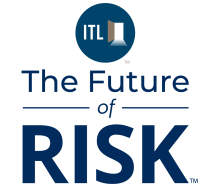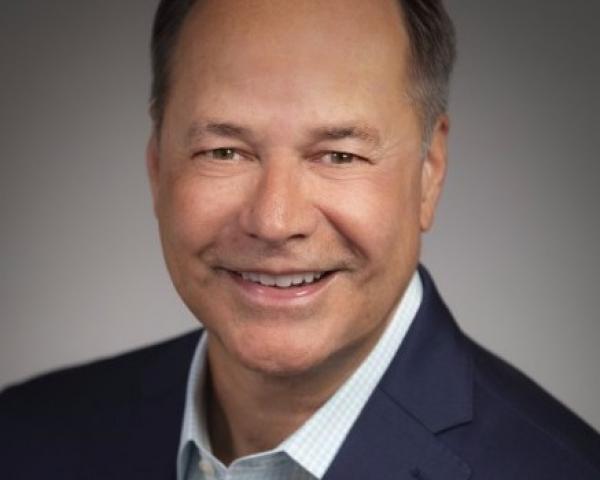Publicly known as Hulk Hogan, Terry Bollea was more than a wrestling icon. Although I was not an enthusiast and never have even watched a match in my time, I knew Hogan by name, as his brand was far-reaching. At 71, he was still recognizable by most. Hogan knew his collective audience well and catered to what they craved. When it comes to marketing and promoting, he will go down as one of the best.
There are many lessons wrapped up in his lasting 50-year presence that apply to business and especially those companies building their brands and wanting to distinguish themselves. Looking beyond the flashy character and controversial persona, you can see how he carefully connected business with identity and made it stick for a long, long time. Most of all, he stood out in the wrestling entertainment space and appealed to other business revenue streams. By contrast, of all the other WWF characters, some had a recognized brand, others not so much.
Insurtech Image Among a Crowd
I think of start-up insurtechs and their efforts to stand out in a crowded field. Today’s insurtech landscape broadly consists of technology solution and service providers evolving from the early days of digital disrupters to a concentration of those wanting to collaborate and partner with insurers in nearly every facet of the insurance model. Although the disruptive spirit still thrives, new entrants and incumbent providers recognize the massive barriers to contracting with carriers, especially in attracting their attention in the first place. The lessons from Hulk Hogan, in the right dosages, can make a difference.
On the carrier side of this market reality, companies are still challenged with identifying, vetting and testing insurtechs. There are countless difficulties in distinguishing solution offerings, as many appear similar. Hogan clearly recognized this issue. Each wrestler had his own identity, but from afar, most would say “it all looks the same.” Factor in real issues, like finite resources, budgets and decision-maker availability. Also consider de-risking and all sorts of project priorities, and you have a mismatch when it comes to insurers and insurtechs trying find ways forward together.
These realities chafe start-ups trying to balance limited capital, thirst for revenues and impatience from their investors. Start-ups are left asking questions like, how do I reach the right decision maker(s)? Which insurance industry conference offers the best ROI? Should I be doing e-mail campaigns, offering webinars and publishing white papers? Is it better to hire a business development person or work with subject-matter-experts?
Hogan demonstrated what his “Hulkamania” followers wanted. Yes, the hype and iconic statements about 24-inch python biceps, taking vitamins and the outrageous facial expressions of phony anger and the famous muscle pose were on the surface. Underneath were T-shirt sales, trading cards, movies and lasting Hulkamania influence on the whole industry.
Applying Lessons
Knowing the audience when it comes to insurers is crucial. It’s a relationship business environment where knowing the right people is the ultimate X-factor. Insurers not only appreciate but demand that today’s insurtechs understand the insurance business and carriers' pain points – also expressed as business opportunities to be seized. Emphasis on understanding carrier needs and a crystal-clear pitch/demo that responds with precision wins more often than not. Insurtechs bringing an exciting technology or concept without ensuring it matches a carrier’s priorities are often doomed to hear the words, “we’ll get back to you.” It’s the flash without the connection to a priority.
Not to worry, the Hulkster had a long list of failures, showing it’s never too late to adjust and recover.
Insurance Industry
There’s no question that insurance and technology are not the entertainment business. Insurance is much more serious and conservative, as you might expect and actually appreciate about such an important financial industry. However, there are lessons from Hogan's experience in entertainment:
Flashy, loud and colorful without substance is just that.
Knowing the industry and finding ways to shape and influence it are key.
So is understanding the individual carrier/business unit needs and addressing them.
Relationships matter a lot. Don’t go it alone.
Patience is required -- recognize that the sales cycle is generally 12-18 months.
For our carrier friends, keep scouting and taking visits from insurtechs. Be open about sharing pain points and priorities and give candid, constructive feedback while understanding the mismatch. Recognize that start-ups can be challenged by extensive procurement procedures that large incumbents can better overcome.
We often say that the insurtech era has been the most exciting and beneficial development within the long history of insurance. Insurance insiders admit they wish today’s innovative mindset and available technology were around when they started their careers.
Think of the ecosystem as an externally funded virtual R&D lab for all to discover and participate in. The AI craze is another welcome and daunting addition where all stakeholders -- insurers, customers, solution providers and investors -- can win. It will take all sides to get it right. This is not a pure buy-or-build situation.
In the end, a little Insurtechmania may be what keeps this all going.
R.I.P., Terry Bollea.








